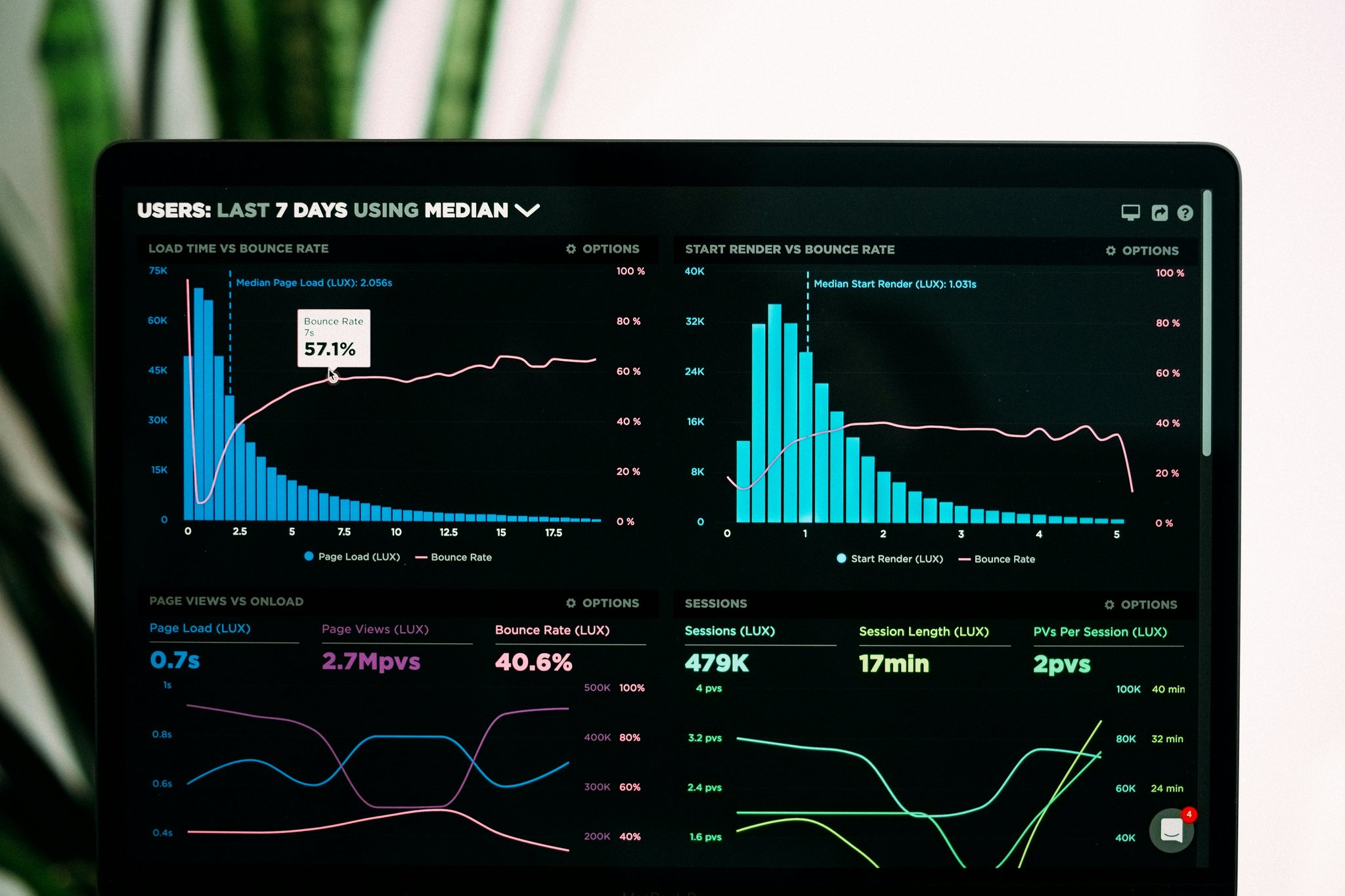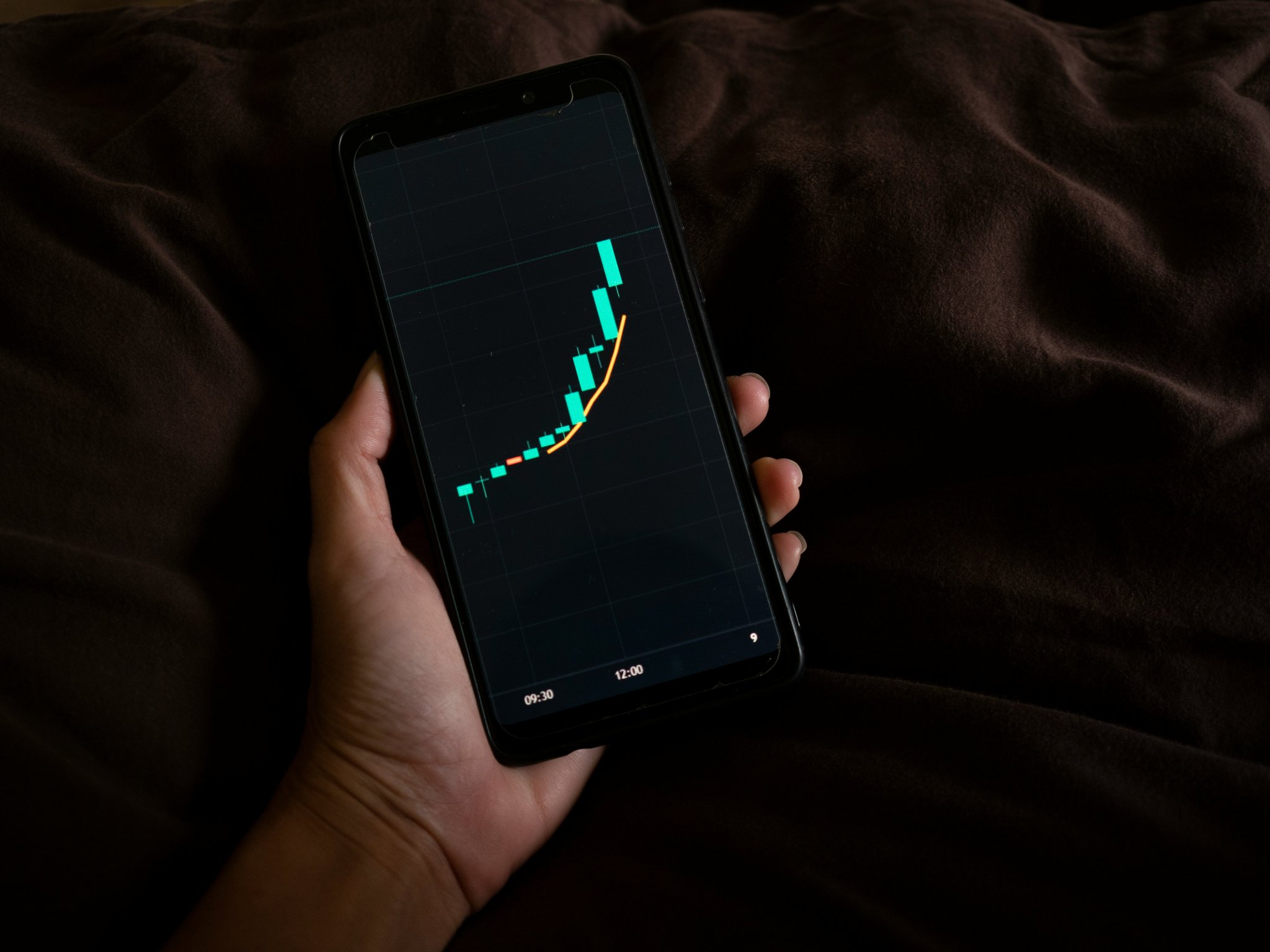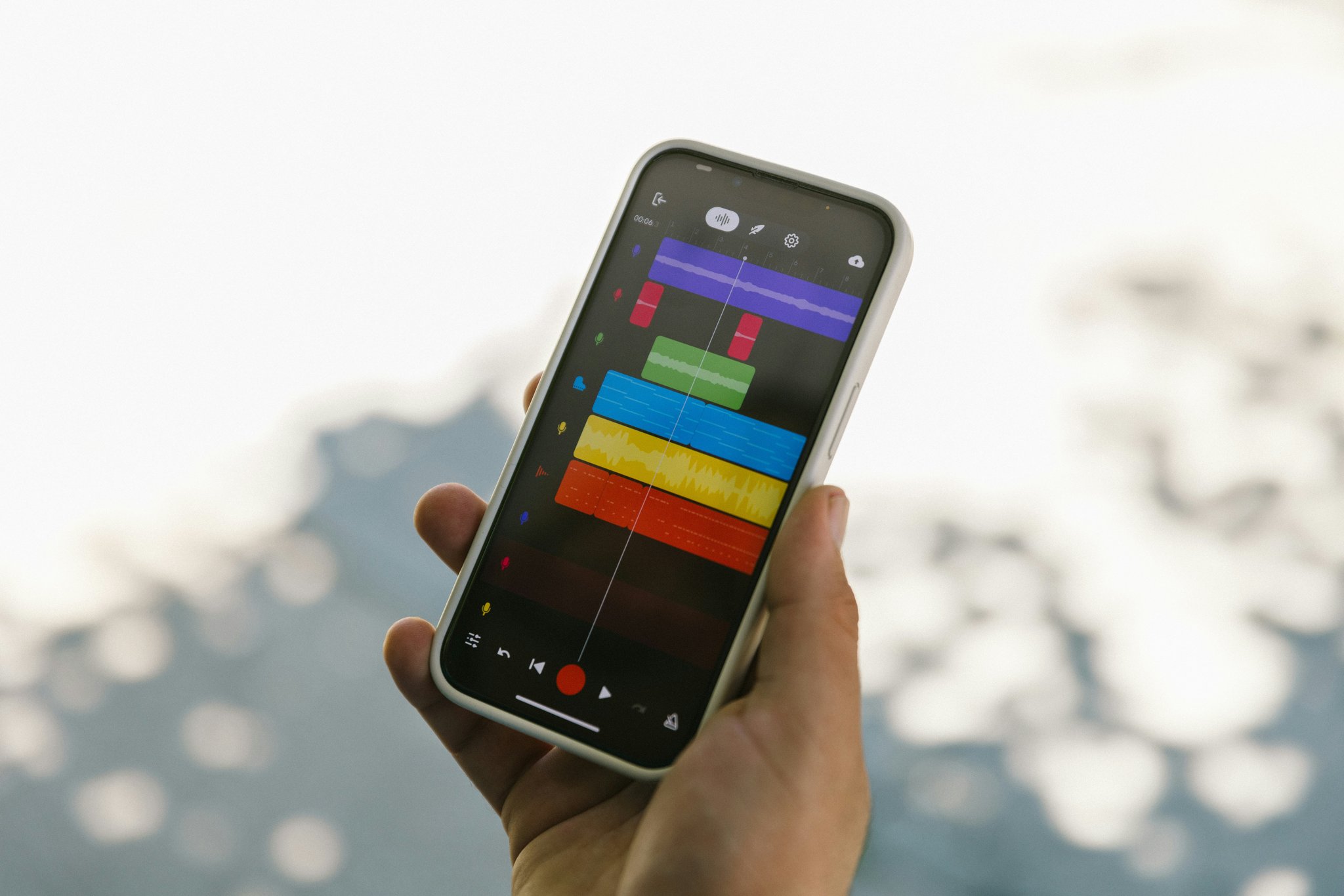“Ever stared at rows of raw research data, wondering how to make sense of it all?”
If your answer is yes, you’re not alone. Many researchers struggle with turning complex data into clear, digestible visuals—until they discover the magic of data visualization apps. These tools don’t just save hours; they transform how we perceive and communicate our findings.
In this post, we’ll dive deep into why a data visualization app should be part of every researcher’s toolkit. You’ll learn what makes these apps indispensable, how to pick the right one for your needs, and tips to master them like a pro. Oh, and a few laughs along the way? Chef’s kiss!
Table of Contents
- The Problem with Raw Data: Why Your Research Needs Better Visuals
- Step-by-Step Guide: Choosing the Perfect Data Visualization App
- Top Tips for Maximizing Your Data Visualization App
- Real-Life Examples: Researchers Crushing It with Data Visualization Apps
- Frequently Asked Questions About Data Visualization Apps
Key Takeaways
- A good data visualization app helps researchers interpret and present results more effectively.
- Look for features like ease of use, customization options, and compatibility when choosing an app.
- Common mistakes include overloading visuals with unnecessary details or ignoring user experience.
- Successful researchers rely on platforms like Tableau, Power BI, or Google Looker Studio for impactful presentations.
The Problem with Raw Data: Why Your Research Needs Better Visuals
Pictures speak louder than numbers—or so says my overworked brain after staring at spreadsheets for six consecutive hours. Let me confess something: I once submitted a 50-page report filled with tables and charts that no one read. RIP engagement, I guess.
Here’s the thing: While raw data has its charm, it’s overwhelming without context. Imagine trying to explain climate change trends through Excel sheets alone. Sounds like nails on a chalkboard, right?

According to recent studies, humans process visual information 60,000 times faster than text. That means even the most brilliant insights can get lost if they aren’t presented properly. Enter data visualization apps, designed specifically to turn chaos into clarity.
Optimist You: *“This sounds amazing! What do I need to know?”*
Grumpy Me: *“Ugh, fine—but only if coffee’s involved.”*
Step-by-Step Guide: Choosing the Perfect Data Visualization App
Finding the ideal tool isn’t rocket science, but it does require some thought. Follow these steps:
Step 1: Identify Your Goals
Are you creating dashboards for stakeholders? Or maybe you’re presenting academic papers? Understanding your end goal will help narrow down options.
Step 2: Check Compatibility
Does the app integrate with your existing systems? For instance, if you work with Google Sheets daily, ensure seamless connections exist.
Step 3: Test Usability
Some apps are sleek but complicated. Others are simple yet limited. Strike a balance based on your skill level and team size.
Step 4: Compare Features
Look for must-haves like drag-and-drop interfaces, real-time collaboration, and export flexibility.

Top Tips for Maximizing Your Data Visualization App
- Simplify! Don’t overload charts with too much info. Less is often more.
- Use Color Wisely: A well-thought-out color palette can guide viewers’ eyes where they matter most.
- Tell Stories: Structure your visuals to narrate a journey from problem to solution.
- Avoid Terrible Font Choices: Comic Sans? Sorry, not sorry—it’s banned forever.
Rant Alert: Seriously, folks, stop using pie charts for everything. They’re great for basic percentages but awful for detailed breakdowns. The algorithm gods will smite you otherwise.
Real-Life Examples: Researchers Crushing It with Data Visualization Apps
Take Dr. Sarah Lee, a biologist who used Tableau to map biodiversity patterns across ecosystems. Her interactive dashboard made her presentation stand out during a global summit.
Or consider Alex Nguyen, a marketing researcher who leveraged Google Looker Studio to showcase customer behavior trends. His visuals turned a snooze-fest meeting into an actionable brainstorming session.

Frequently Asked Questions About Data Visualization Apps
Is a free data visualization app worth it?
Sure—if it meets your needs. Many tools offer robust free versions, though advanced features may require payment.
What’s the learning curve like?
Most modern apps are beginner-friendly, especially those with drag-and-drop functionality. Just give yourself time to explore!
Can I collaborate with others using these apps?
Absolutely! Platforms like Power BI and Google Looker Studio are built for teamwork.
Conclusion
Choosing the right data visualization app might feel daunting at first, but trust us—it’s worth every minute. Whether you’re mapping public health stats or tracking social media sentiment, these tools empower you to present your research in ways that captivate and inspire.
Remember: Keep it simple, keep it colorful, and above all—keep experimenting. Like debugging code late at night, sometimes trial and error leads to breakthroughs.
Oh, and here’s a bonus haiku because coding vibes:
Rows of data flow,
Into shapes we understand,
Pixels save the day.


